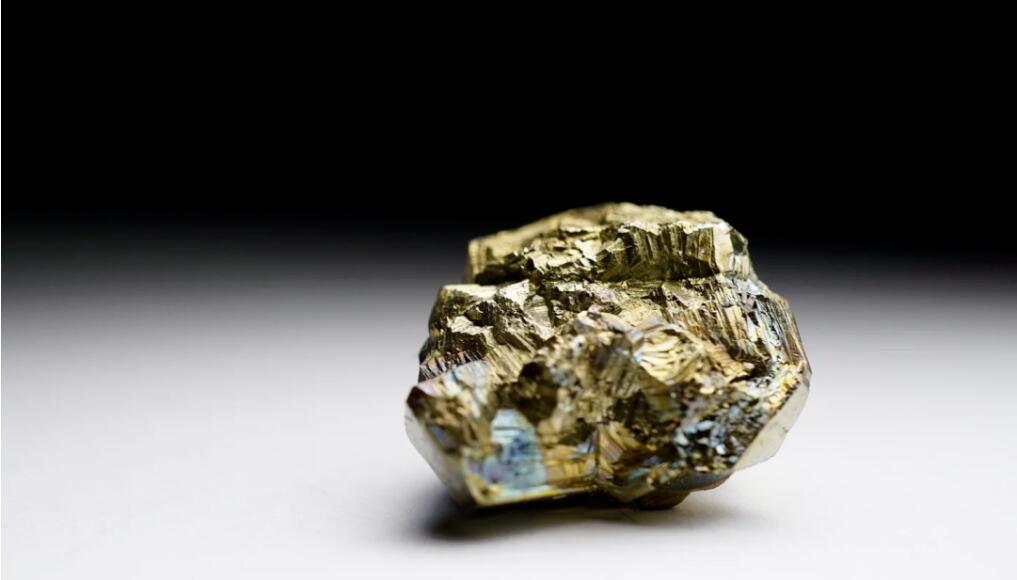Source: Ganzhou Technology
The Ministry of Commerce and the General Administration of Customs recently announced that, in accordance with relevant regulations, they have decided to implement export controls on gallium and germanium related items starting from August 1 of this year. According to Shangguan News on July 5th, some people are concerned that China may implement new restrictions on rare earth exports in the next step. China is the world's largest producer of rare earths. Twelve years ago, in a dispute with Japan, China restricted rare earth exports.
The 2023 World Artificial Intelligence Conference opened in Shanghai on July 6th, covering four major sectors: core technology, intelligent terminals, application empowerment, and cutting-edge technology, including large models, chips, robots, intelligent driving, and more. More than 30 new products were first exhibited. Earlier, Shanghai and Beijing successively issued the "Shanghai Three Year Action Plan for Promoting High Quality Development of Manufacturing Industry (2023-2025)" and the "Beijing Robot Industry Innovation and Development Action Plan (2023-2025)", both of which mentioned accelerating the innovative development of humanoid robots and building intelligent robot industry clusters.
High performance neodymium iron boron is the core material for robot servo systems. Referring to the cost proportion of industrial robots, the proportion of core components is close to 70%, with servo motors accounting for 20%.
According to data from Wenshuo Information, Tesla requires 3.5kg of high-performance neodymium iron boron magnetic material per humanoid robot. According to Goldman Sachs data, the global shipment volume of humanoid robots will reach 1 million units in 2023. Assuming that each unit requires 3.5kg of magnetic material, the high-tech neodymium iron boron required for humanoid robots will reach 3500 tons. The rapid development of the humanoid robot industry will bring a new growth curve to the neodymium iron boron magnetic material industry.
Rare earth is the general name of Lanthanide, scandium and yttrium in the periodic table. According to the difference in solubility of rare earth sulfate, rare earth elements are divided into light rare earth, medium rare earth, and heavy rare earth. China is a country with a large global reserve of rare earth resources, with complete mineral types and rare earth elements, high grade, and reasonable distribution of mineral occurrences.
Rare earth permanent magnet materials are permanent magnet materials formed by the combination of rare earth metals (mainly neodymium, samarium, dysprosium, etc.) with transition metals. They have developed rapidly in recent years and have a large market application. At present, rare earth permanent magnet materials have gone through three generations of development, with the third generation being neodymium iron boron rare earth permanent magnet materials. Compared with the previous two generations of rare earth permanent magnet materials, neodymium iron boron rare earth permanent magnet materials not only have excellent performance, but also greatly reduce product costs.
China is the world's largest producer and exporter of neodymium iron boron permanent magnet materials, forming industrial clusters mainly in Ningbo, Zhejiang, the Beijing Tianjin region, Shanxi, Baotou, and Ganzhou. At present, there are more than 200 production enterprises nationwide, with top high-end neodymium iron boron production enterprises actively expanding production. It is expected that by 2026, the total raw material production capacity of six listed magnetic companies, including Jinli Permanent Magnet, Ningbo Yunsheng, Zhongke Third Ring, Yingluohua, Dixiong, and Zhenghai Magnetic Materials, will reach 190000 tons, with an incremental production capacity of 111000 tons.
Post time: Jul-21-2023
